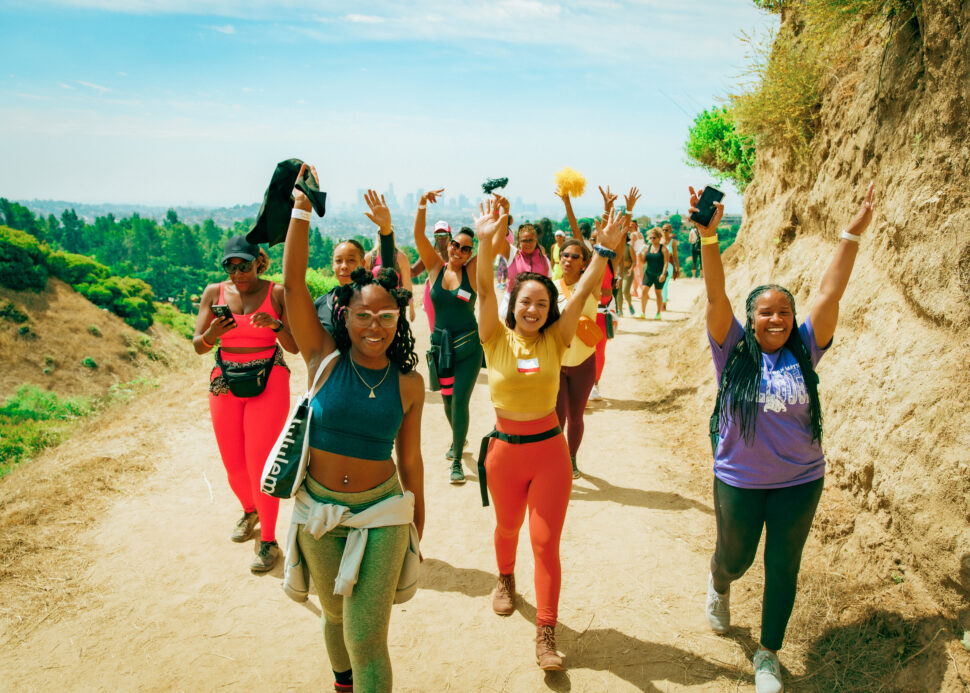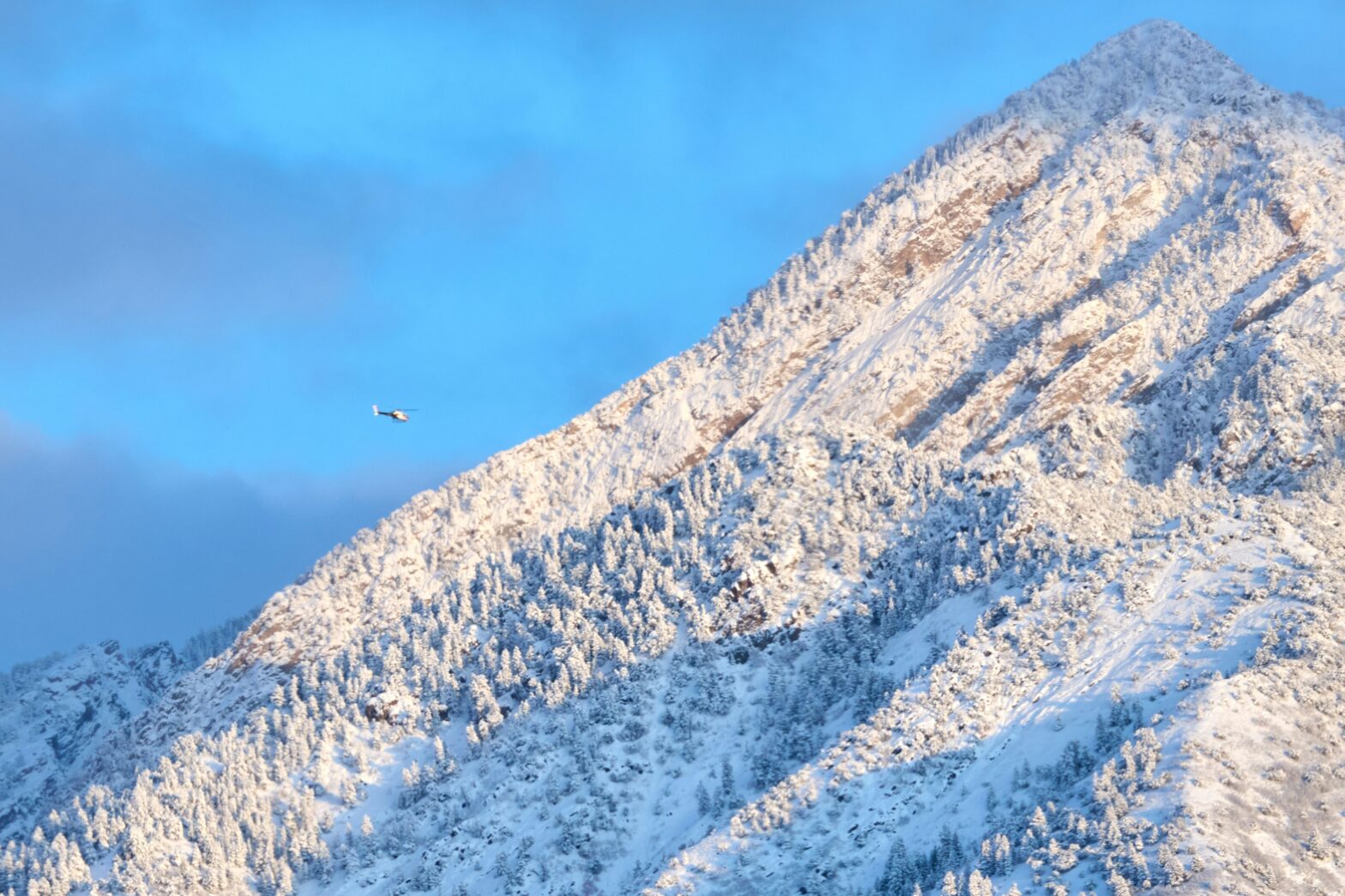Wondering how to hike in hot weather? Hiking in extreme heat can be challenging, but with the right preparation and strategies, it can still be an enjoyable and rewarding experience. As temperatures soar, it’s crucial to adapt your hiking approach to ensure both safety and comfort on the trail. Whether you’re an experienced hiker or a novice adventurer, these essential tips will help you navigate hot weather conditions while still making the most of your outdoor excursion. By following this advice, you can minimize the risks associated with heat exposure and maximize your enjoyment of nature’s beauty, even on the hottest days.
Tips To Enjoy Hiking In Extreme Heat

As outdoor enthusiasts, we often find ourselves drawn to the trails even when the mercury rises. However, hiking in extreme heat presents unique challenges and risks that require careful preparation and awareness. The following tips will help you to safely navigate hot weather hikes and protect your health.
Preparation Is Key
Check the Forecast: Always check detailed weather forecasts before your hike. Look for the predicted high temperature, humidity levels, and heat index (what the temperature feels like when relative humidity is combined with the actual air temperature). Be aware of any heat advisories or warnings.
Choose Your Trail Wisely: On extremely hot days, opt for trails that offer shade, are at higher elevations (where it’s typically cooler), or have water sources along the way. Avoid exposed trails with little to no shade. Consider shorter hikes or trails you’re familiar with to reduce the risk of getting lost or overexerting yourself.
Time Your Hike: Start your hike early in the morning or later in the evening to avoid the hottest part of the day (usually between 10 AM and 4 PM). If you must hike during peak hours, plan for frequent breaks in shaded areas.
Dress Appropriately: Wear light-colored, loose-fitting, and breathable clothing. Opt for moisture-wicking fabrics that help evaporate sweat quickly. Don’t forget a wide-brimmed hat to protect your face, neck, and ears from the sun.
Protect Your Skin: Apply a broad-spectrum sunscreen with at least SPF 30 to all exposed skin. Reapply every two hours or more frequently if you’re sweating heavily. Consider wearing sun-protective clothing with a high UPF (Ultraviolet Protection Factor) rating.
Proper Hydration: Your First Line Of Defense
Pre-hydrate Begin hydrating the day before your hike and drink plenty of water in the hours leading up to your trek. As a general rule, plan to drink about one liter of water per hour of moderate activity in hot weather. This may increase to 1.5 liters per hour for strenuous hikes or in very high temperatures.
Sweating leads to loss of essential electrolytes. Pack electrolyte-rich drinks or tablets to replenish these crucial minerals.
Avoid Alcohol and Caffeine, both can contribute to dehydration. Stick to water and electrolyte drinks during your hike.
Use a Hydration System, having a hydration bladder or reservoir makes it easier to drink small amounts frequently without stopping.
Eat Light Meals
Heavy meals can increase metabolic heat production. Opt for lighter, more frequent snacks. Choose water-rich foods, fruits like watermelon, oranges, and grapes can help with hydration.
Pack salty snacks because these can help replace electrolytes lost through sweating. A trail mix with nuts and pretzels is a good option. Lastly, avoid sugary foods as they can cause rapid spikes and crashes in energy levels.
On The Trail: Best Practices To Keep The Heat In Check
Hike at a slower pace than you would in cooler weather. Listen to your body and take breaks as needed.
Use natural shade from trees or rocks for rest stops. If shade is scarce, create your own using an umbrella or tarp.
Wet a bandana or buff and wear it around your neck. This can help cool blood flowing to your brain. Some hikers carry a small spray bottle to mist themselves periodically.
A good indicator of hydration is the color of your urine. It should be pale yellow to clear. Dark urine is a sign of dehydration.
Hike with a partner when possible. It’s easier to notice signs of heat-related illness in others than in yourself.
There’s no shame in cutting a hike short if conditions become too challenging. Always prioritize safety over reaching a destination.
Recognizing And Responding To Heat-Related Illnesses During Your Hike

Even with careful preparation, it’s possible to experience heat-related issues. Knowing how to recognize and respond to these conditions can be life-saving.
Heat Exhaustion
Symptoms: Heavy sweating, clammy skin, rapid pulse, dizziness, headache, nausea, muscle cramps
Response: Move to a cooler location, lie down, loosen clothing, apply cool, wet cloths to the body, and sip water. If symptoms persist or worsen, seek medical help.
Heat Stroke
Symptoms: High body temperature (above 103°F), hot, red, dry or damp skin, rapid and strong pulse, confusion, possible unconsciousness
Response: This is a medical emergency. Call 911 immediately. Move the person to a cooler environment and reduce body temperature with cool cloths or a cool bath. Do not give fluids.
Hiking in extreme heat presents unique challenges, but with proper preparation, awareness, and respect for the conditions, it can be a rewarding experience. Remember, there’s no substitute for common sense and good judgment. Always prioritize safety, be willing to adjust your plans, and never underestimate the power of nature.





